Home>Gardening & Outdoor>Garden Tools & Equipment>How Much Does A Leaf Blower Weigh
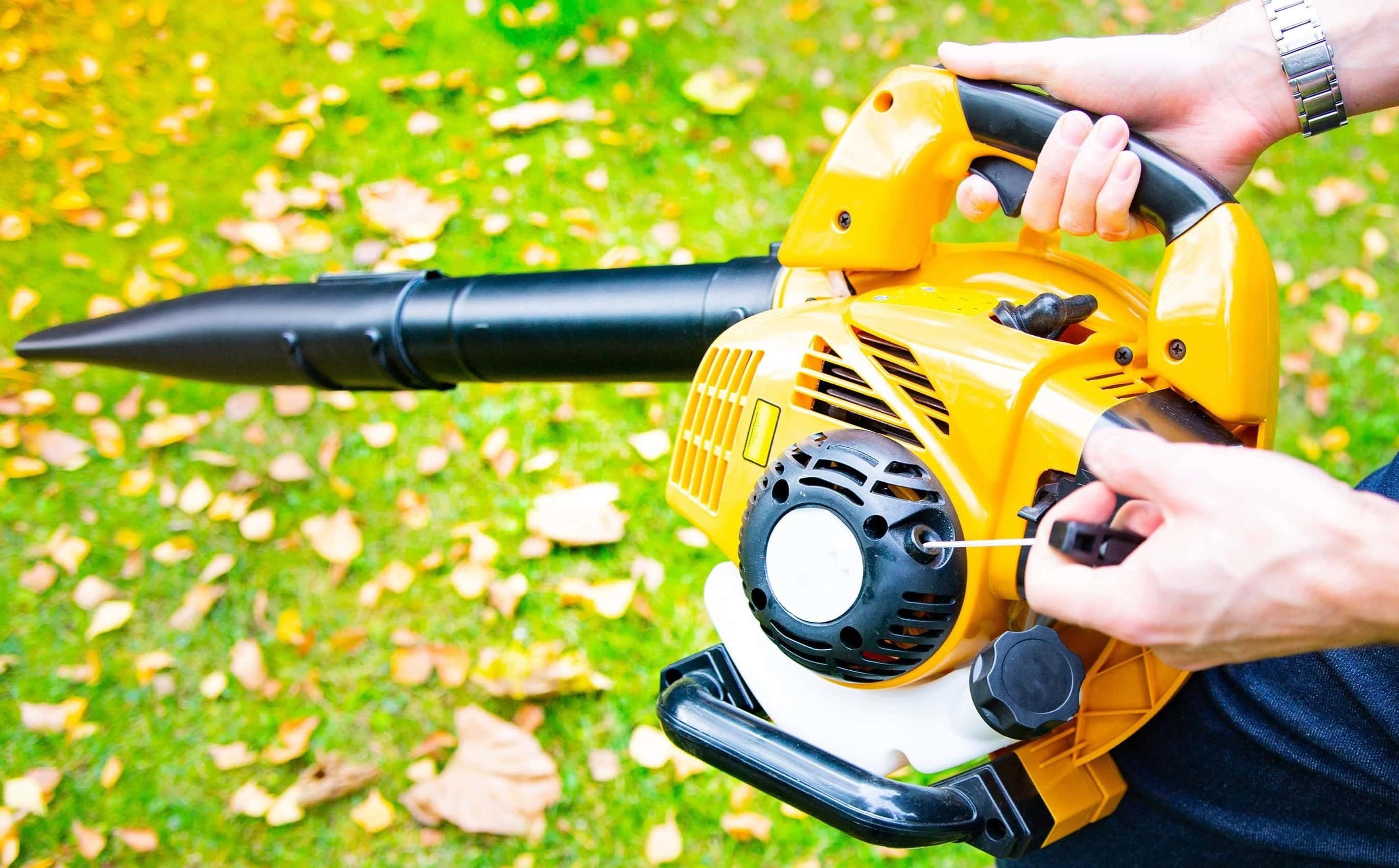

Garden Tools & Equipment
How Much Does A Leaf Blower Weigh
Modified: February 18, 2024
Discover the weight of garden tools and equipment with our comprehensive guide. Find out how much a leaf blower weighs and make an informed purchase decision.
(Many of the links in this article redirect to a specific reviewed product. Your purchase of these products through affiliate links helps to generate commission for Storables.com, at no extra cost. Learn more)
Introduction
When it comes to maintaining a pristine and inviting outdoor space, a leaf blower is a quintessential tool for effortlessly clearing away leaves, debris, and grass clippings. However, have you ever wondered about the weight of these powerful machines? The question "How much does a leaf blower weigh?" is not as straightforward as it may seem. In this article, we will delve into the intricacies of leaf blower weight, exploring the different types of leaf blowers, the factors influencing their weight, and the average weight you can expect. Whether you are a seasoned gardener, a landscaping enthusiast, or simply in need of a reliable tool for outdoor cleanup, understanding the weight of leaf blowers is essential for making an informed purchasing decision. Let's embark on a journey to unravel the mysteries of leaf blower weight and discover how it plays a pivotal role in the world of garden tools and equipment.
Key Takeaways:
- Leaf blower weight affects how easy it is to use. Lighter blowers are easier to handle and maneuver, reducing fatigue and strain on the user, while heavier blowers can impede mobility and cause discomfort.
- Different types of leaf blowers have different average weights. Handheld blowers are lighter, while walk-behind blowers are heavier. Understanding these weights helps in choosing the right blower for specific outdoor tasks.
Read more: How Does A Leaf Blower Work
Understanding Leaf Blower Weight
Leaf blower weight is a crucial consideration for anyone in the market for this indispensable outdoor tool. The weight of a leaf blower impacts its maneuverability, ease of use, and overall user experience. Understanding the significance of leaf blower weight involves recognizing its implications for practicality, comfort, and performance.
First and foremost, the weight of a leaf blower directly influences its maneuverability. A lighter leaf blower is generally easier to handle and maneuver, especially for extended periods of use. Whether you are clearing leaves from a large lawn or tidying up a compact backyard, a lightweight leaf blower can significantly reduce fatigue and strain on the user.
Furthermore, the weight of a leaf blower plays a pivotal role in its ease of use. A well-balanced and lightweight leaf blower allows for effortless operation, enabling users to navigate around obstacles, reach tight spaces, and maintain control while directing airflow. On the other hand, a heavy leaf blower can impede user mobility and lead to discomfort and fatigue, ultimately detracting from the overall user experience.
Additionally, the weight of a leaf blower can impact its performance, particularly in terms of portability and versatility. A lightweight leaf blower is more portable and convenient to transport from one area to another, making it suitable for various outdoor cleaning tasks. Conversely, a heavier leaf blower may be more cumbersome to carry and maneuver, limiting its practicality for certain applications.
In essence, understanding leaf blower weight involves recognizing its multifaceted impact on maneuverability, ease of use, and performance. By evaluating the weight of a leaf blower in relation to these factors, individuals can make informed decisions when selecting the most suitable tool for their outdoor maintenance needs.
Different Types of Leaf Blowers
Leaf blowers come in a variety of types, each offering unique features and benefits tailored to different preferences and requirements. Understanding the distinctions between these types is essential for choosing the most suitable leaf blower for your specific outdoor maintenance needs.
1. Handheld Leaf Blowers: These compact and lightweight leaf blowers are designed for portability and ease of use. Ideal for small to medium-sized yards, handheld leaf blowers offer maneuverability and convenience, making them well-suited for quick and efficient leaf and debris clearance.
2. Backpack Leaf Blowers: Backpack leaf blowers are engineered for enhanced power and extended use. With their ergonomic design and padded straps, they provide comfort and support during prolonged operation, making them a popular choice for larger properties and professional landscaping tasks.
3. Walk-Behind Leaf Blowers: Walk-behind leaf blowers, also known as wheeled leaf blowers, are equipped with wheels for easy maneuvering. These robust machines are suitable for heavy-duty applications, such as clearing large areas and tackling wet or matted leaves, offering exceptional blowing power and efficiency.
4. Corded Electric Leaf Blowers: Corded electric leaf blowers are favored for their lightweight design and consistent power output. Ideal for environmentally conscious users, these leaf blowers offer quiet operation and are well-suited for smaller properties with access to power outlets.
5. Cordless Battery-Powered Leaf Blowers: Cordless leaf blowers provide the freedom of movement without the constraints of a power cord. With advancements in battery technology, these leaf blowers offer impressive performance and are suitable for medium-sized properties, providing a balance between portability and power.
6. Gas-Powered Leaf Blowers: Gas-powered leaf blowers are renowned for their robust blowing capabilities and unrestricted mobility. Suited for larger properties and heavy-duty tasks, these leaf blowers deliver exceptional power and are ideal for tackling challenging outdoor cleaning projects.
By understanding the diverse range of leaf blower types available, individuals can identify the features and capabilities that align with their specific outdoor maintenance needs, ensuring that they select the most suitable leaf blower for their intended applications.
When choosing a leaf blower, consider the weight. Lighter models are easier to handle, but may have less power. Heavier models may be more powerful, but harder to use for long periods. Consider your needs and physical abilities when selecting a leaf blower.
Factors Affecting Leaf Blower Weight
Several factors contribute to the overall weight of a leaf blower, influencing its portability, maneuverability, and usability. Understanding these factors provides valuable insight into the varying weights of leaf blowers and the implications for their practicality and performance.
1. Power Source: The power source of a leaf blower significantly impacts its weight. Gas-powered leaf blowers tend to be heavier due to the inclusion of a fuel tank and a larger, more robust engine. In contrast, electric leaf blowers, whether corded or cordless, are generally lighter, as they do not require a fuel tank and feature compact electric motors.
2. Build Materials: The materials used in the construction of a leaf blower play a key role in determining its weight. High-quality, durable materials such as aluminum and reinforced plastics contribute to the overall sturdiness and longevity of the leaf blower but may add to its weight. Conversely, lightweight materials can reduce the overall weight of the leaf blower while maintaining durability.
3. Engine Size and Power: The size and power of the engine directly impact the weight of a gas-powered leaf blower. Larger engines with higher horsepower ratings are typically heavier, as they are designed to deliver greater blowing force and performance. In contrast, smaller engines result in lighter leaf blowers, albeit with reduced blowing power.
4. Battery Capacity: For cordless battery-powered leaf blowers, the capacity and technology of the battery pack influence the overall weight of the tool. Higher-capacity batteries, while offering longer runtime, can contribute to increased weight. Advanced lithium-ion battery technology has enabled manufacturers to achieve a balance between power and weight, enhancing the overall user experience.
5. Blower Design and Features: The design elements and additional features incorporated into a leaf blower can impact its weight. Ergonomic handles, anti-vibration systems, and noise-reducing components may add to the overall weight but enhance user comfort and usability. Conversely, streamlined and minimalist designs can contribute to lighter leaf blowers without compromising performance.
By considering these factors, individuals can gain a deeper understanding of the elements influencing leaf blower weight, empowering them to make informed decisions based on their specific requirements and preferences. Whether prioritizing power, portability, or user comfort, the interplay of these factors shapes the diverse landscape of leaf blower options available in the market.
Average Weight of Leaf Blowers
The weight of leaf blowers varies across different types and models, reflecting the diverse range of features and capabilities offered by these essential outdoor tools. Understanding the average weights of leaf blowers can provide valuable insights for individuals seeking the most suitable option for their specific needs and preferences.
Handheld Leaf Blowers: On average, handheld leaf blowers weigh between 4 to 10 pounds, with corded electric models tending to be lighter than their gas-powered counterparts. The compact and portable nature of handheld leaf blowers makes them ideal for quick and efficient leaf and debris clearance in smaller outdoor spaces.
Backpack Leaf Blowers: Backpack leaf blowers typically range in weight from 15 to 25 pounds, with variations based on engine size, build materials, and additional features. While heavier than handheld models, backpack leaf blowers offer enhanced power and extended usability, making them well-suited for larger properties and professional landscaping tasks.
Walk-Behind Leaf Blowers: Walk-behind leaf blowers, equipped with wheels for maneuvering, tend to weigh between 80 to 140 pounds, reflecting their robust build and powerful blowing capabilities. These heavy-duty machines are designed for clearing large areas and handling challenging outdoor cleaning projects.
Corded Electric Leaf Blowers: Corded electric leaf blowers are among the lightest options, with average weights ranging from 5 to 10 pounds. The lightweight design and consistent power output make them suitable for smaller properties and environmentally conscious users seeking quiet and efficient operation.
Cordless Battery-Powered Leaf Blowers: Cordless leaf blowers, powered by rechargeable batteries, typically weigh between 7 to 12 pounds, offering a balance between portability and power. Advancements in battery technology have enabled manufacturers to develop lightweight yet capable cordless models suitable for medium-sized properties.
Gas-Powered Leaf Blowers: Gas-powered leaf blowers are known for their robust blowing capabilities and unrestricted mobility, with average weights ranging from 10 to 20 pounds for handheld models and 20 to 30 pounds for backpack models. The weight varies based on engine size, build materials, and ergonomic features.
Understanding the average weights of leaf blowers across different types provides a valuable reference point for individuals evaluating their options. By considering the weight in relation to intended applications, property size, and user comfort, individuals can make informed decisions when selecting the most suitable leaf blower for their outdoor maintenance needs.
Read more: How To Start Leaf Blower
Conclusion
Exploring the weight of leaf blowers unveils a nuanced landscape of considerations, encompassing practicality, performance, and user experience. The diverse array of leaf blower types, each with its unique features and capabilities, offers a spectrum of choices for individuals seeking efficient and reliable outdoor maintenance tools.
Understanding leaf blower weight is integral to making informed purchasing decisions, as it directly impacts maneuverability, ease of use, and suitability for specific applications. Whether opting for a lightweight handheld leaf blower for small-scale tasks or investing in a robust walk-behind leaf blower for heavy-duty projects, the weight of the leaf blower plays a pivotal role in shaping the overall user experience.
Factors such as power source, build materials, engine size, battery capacity, and design elements contribute to the varying weights of leaf blowers, offering a diverse selection that caters to the distinct needs and preferences of users. By considering these factors in conjunction with the average weights across different leaf blower types, individuals can align their choices with the demands of their outdoor spaces and the practicalities of their maintenance routines.
Ultimately, the weight of a leaf blower is not merely a numerical value but a crucial determinant of its usability and effectiveness in outdoor maintenance tasks. Whether clearing leaves from a residential lawn, tidying up commercial landscapes, or addressing professional landscaping needs, the weight of a leaf blower intertwines with its performance and user comfort, shaping the overall satisfaction and efficiency of outdoor maintenance endeavors.
As the world of garden tools and equipment continues to evolve, the weight of leaf blowers remains a fundamental consideration, reflecting the ongoing pursuit of optimizing functionality, performance, and user-centric design. By embracing a comprehensive understanding of leaf blower weight, individuals can confidently navigate the diverse options available, selecting the ideal leaf blower to elevate the care and maintenance of their outdoor environments.
Frequently Asked Questions about How Much Does A Leaf Blower Weigh
Was this page helpful?
At Storables.com, we guarantee accurate and reliable information. Our content, validated by Expert Board Contributors, is crafted following stringent Editorial Policies. We're committed to providing you with well-researched, expert-backed insights for all your informational needs.
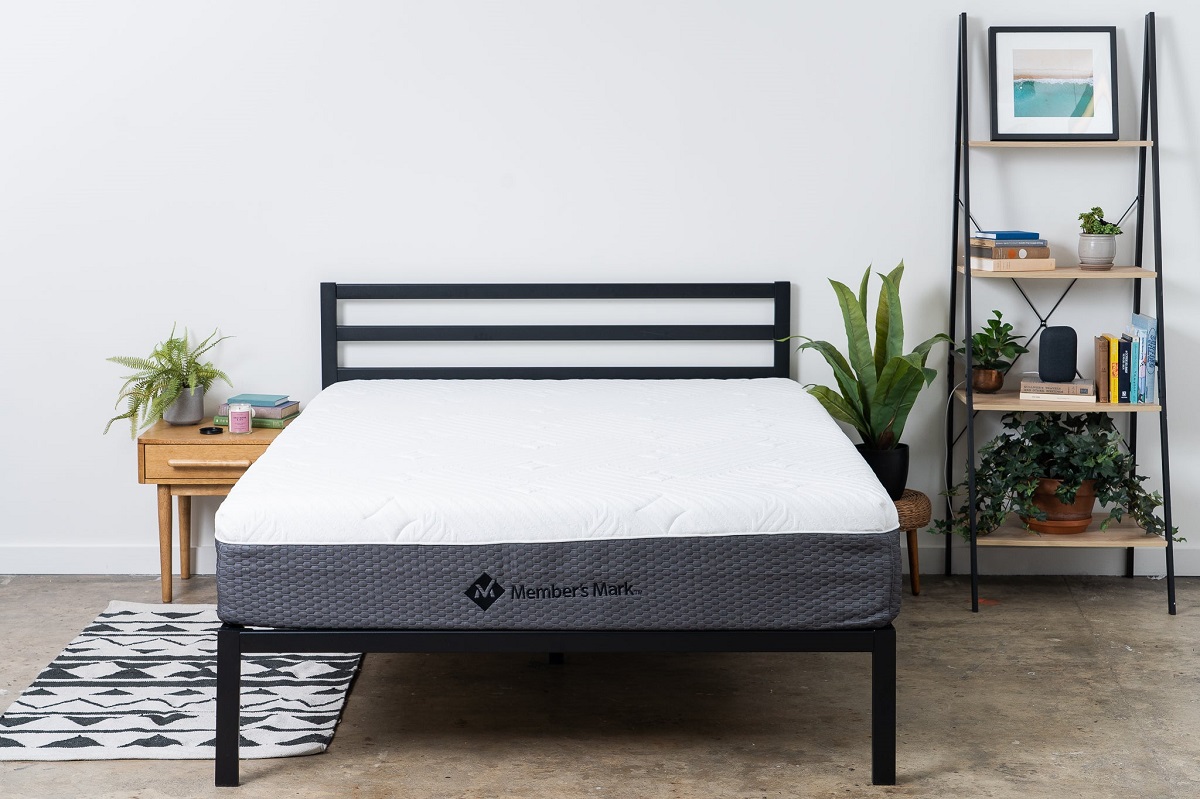
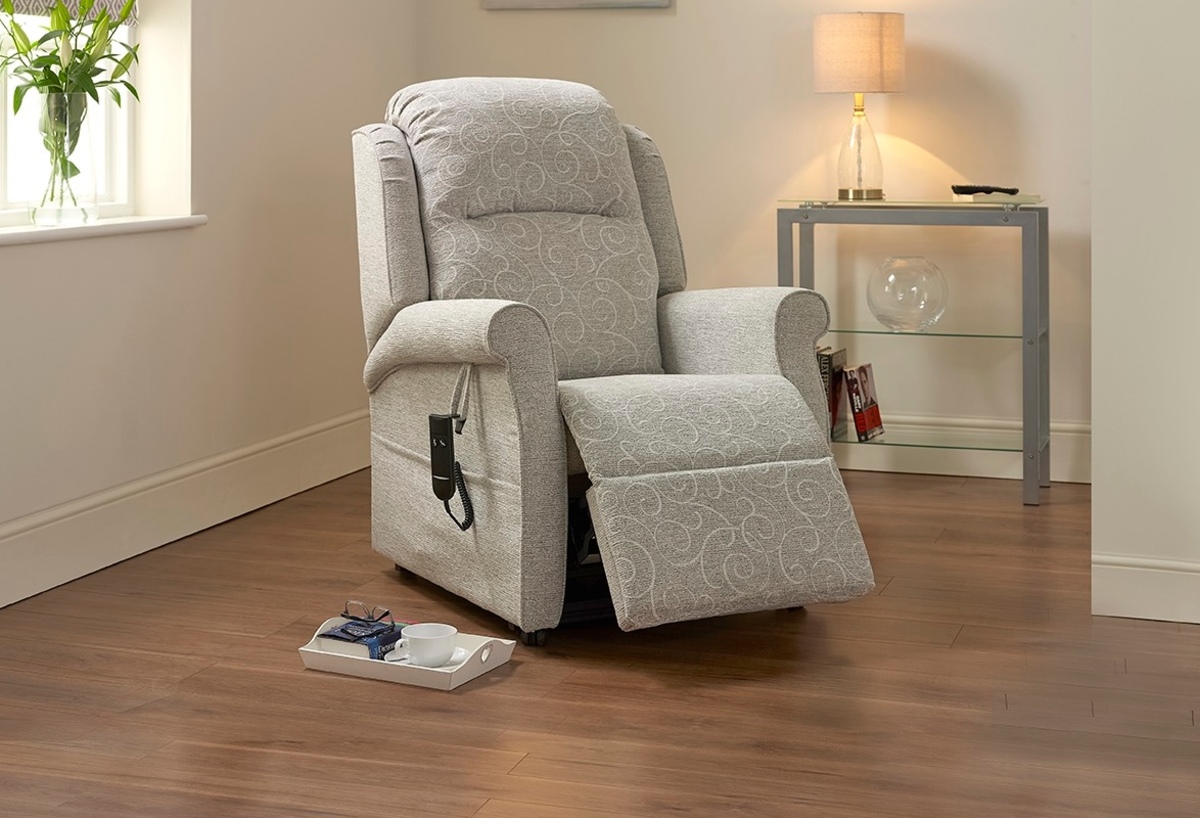
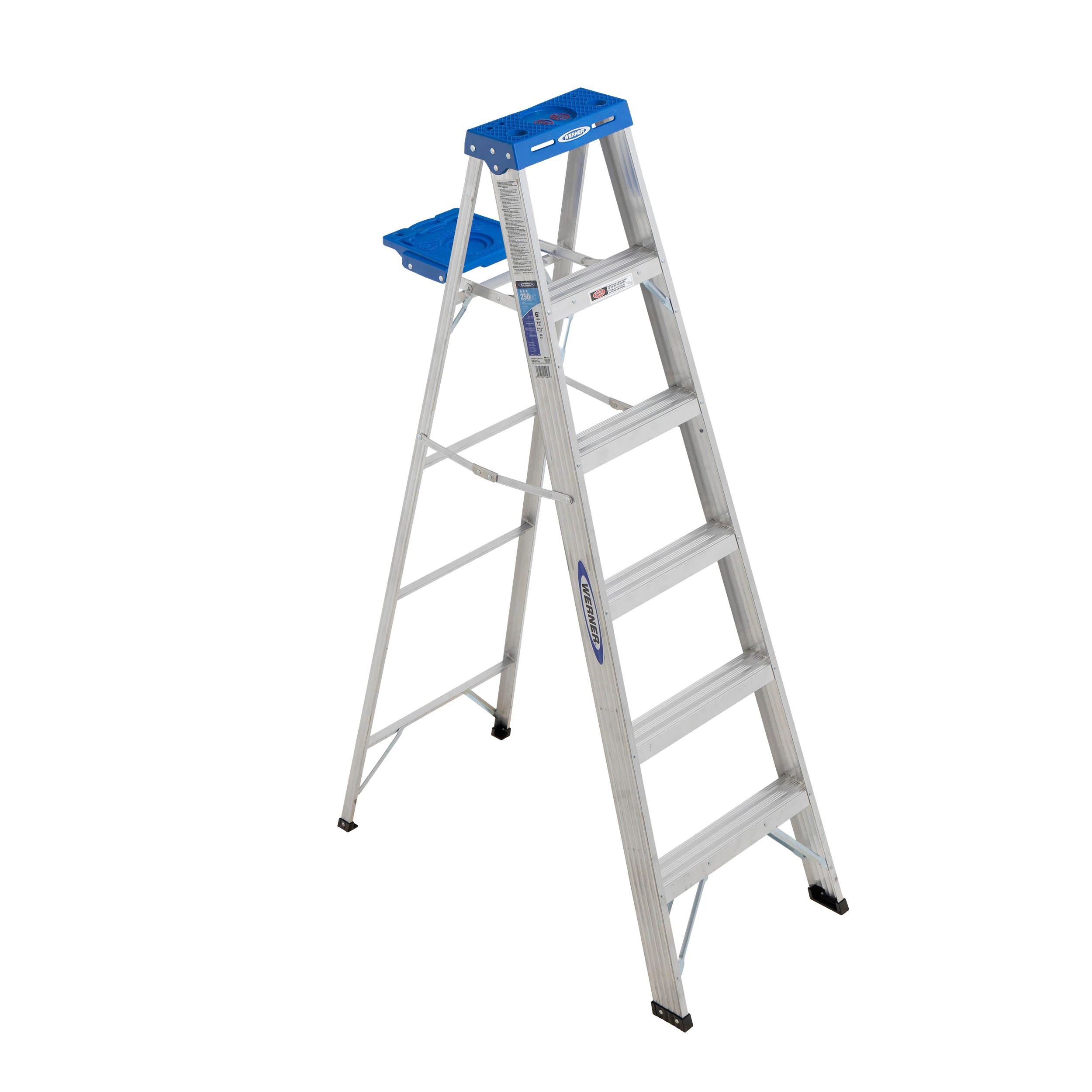

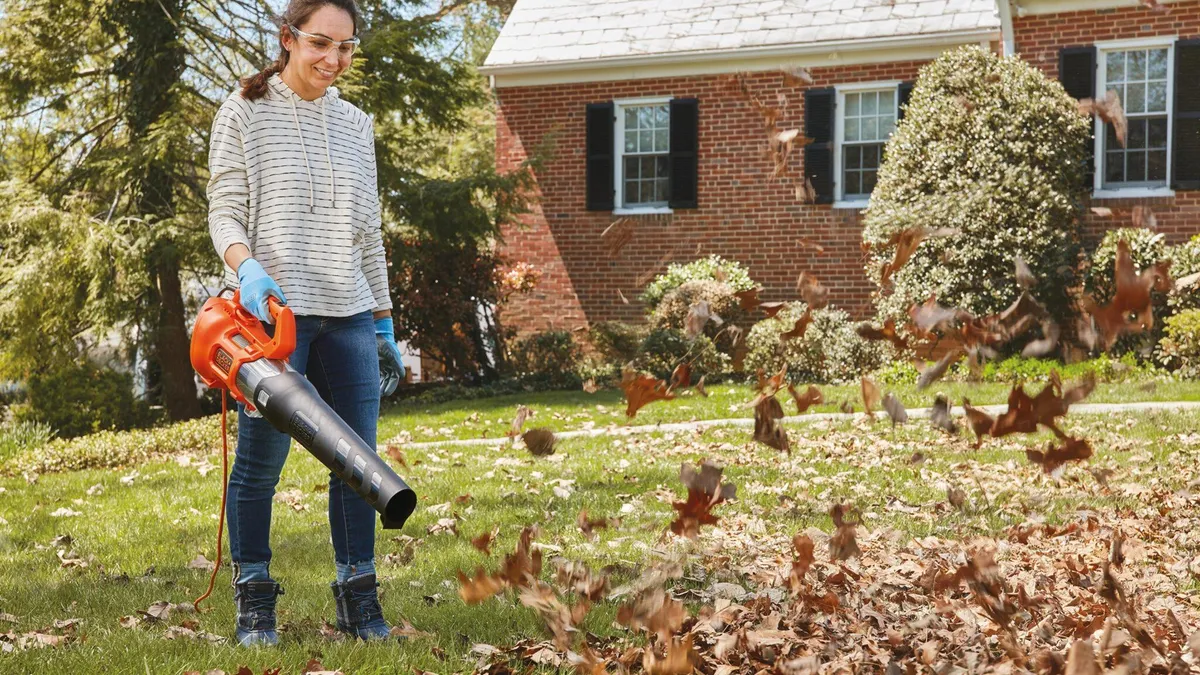
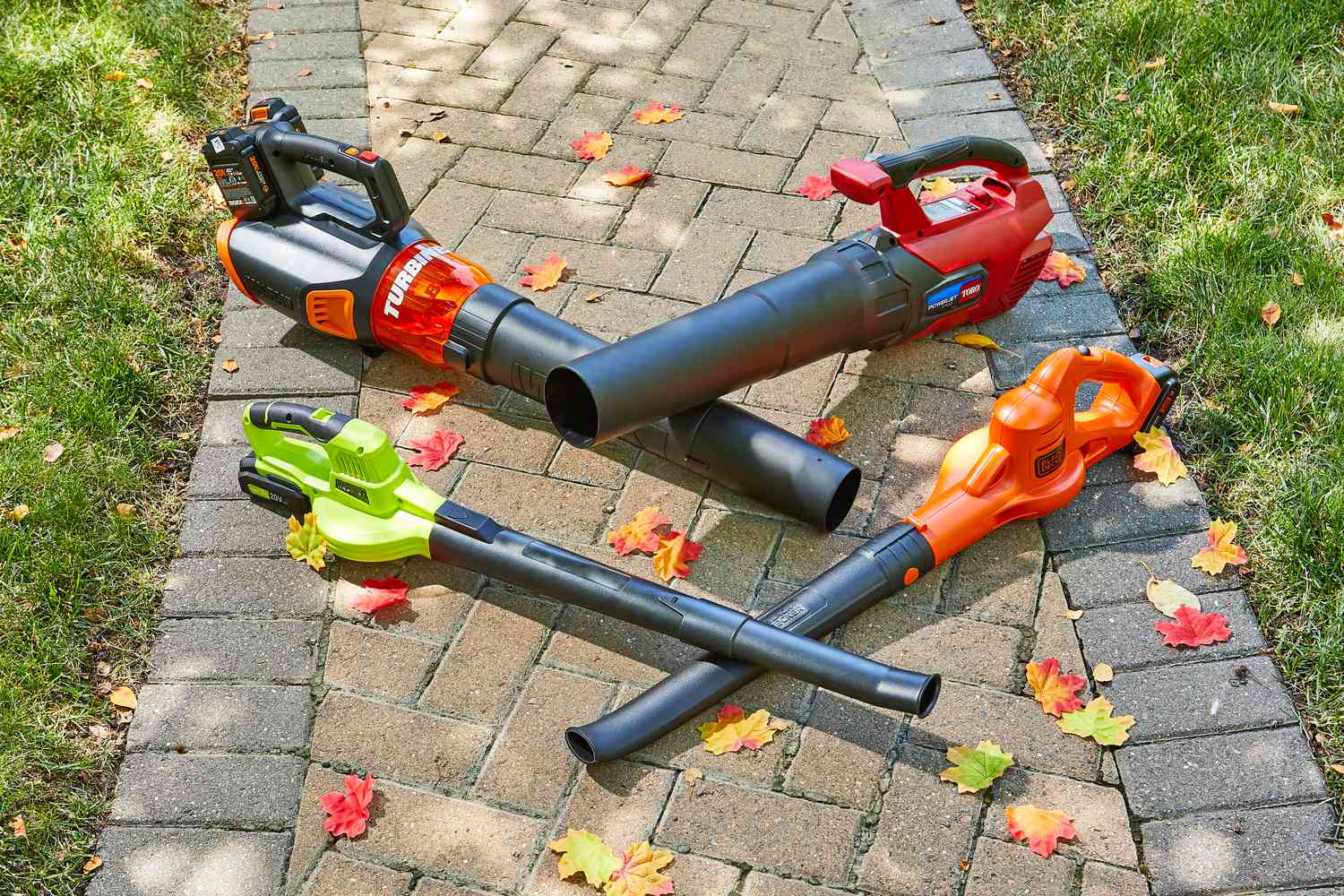
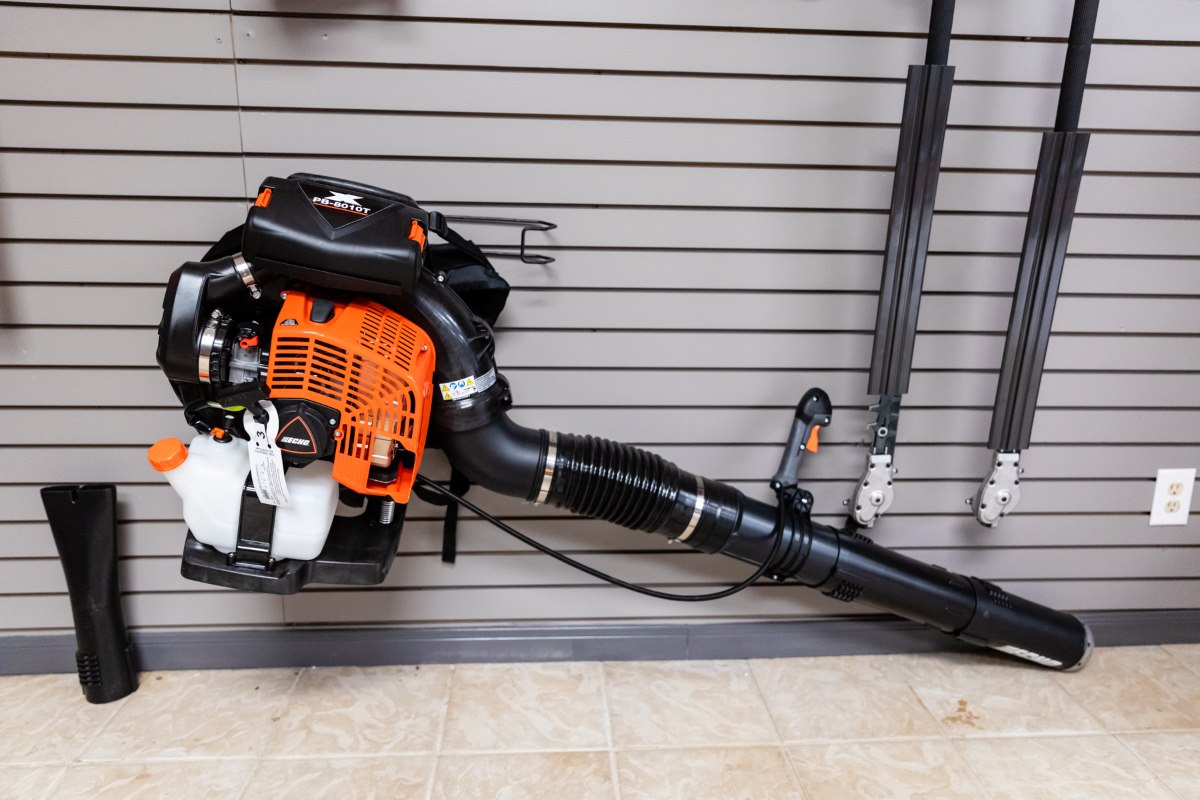
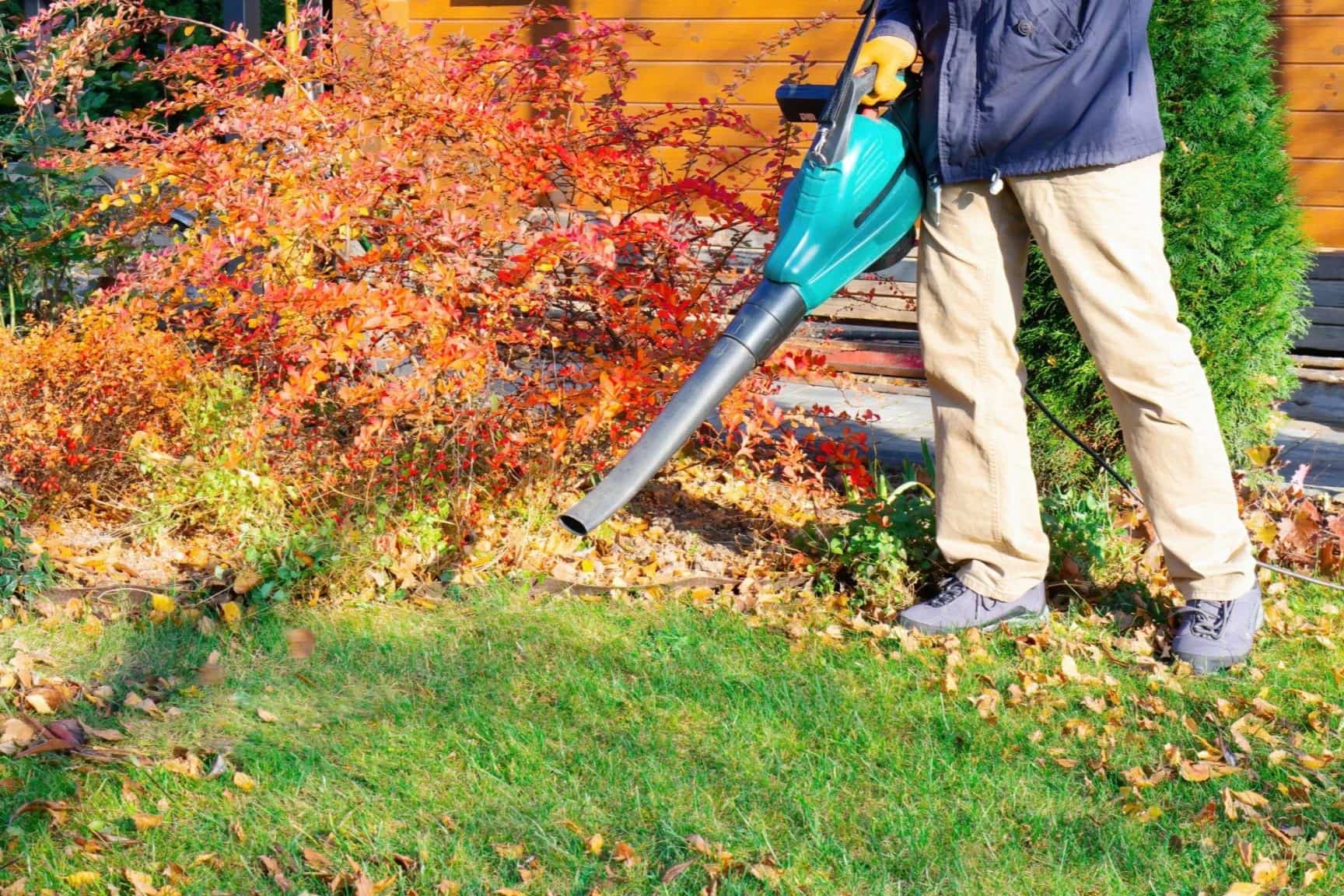
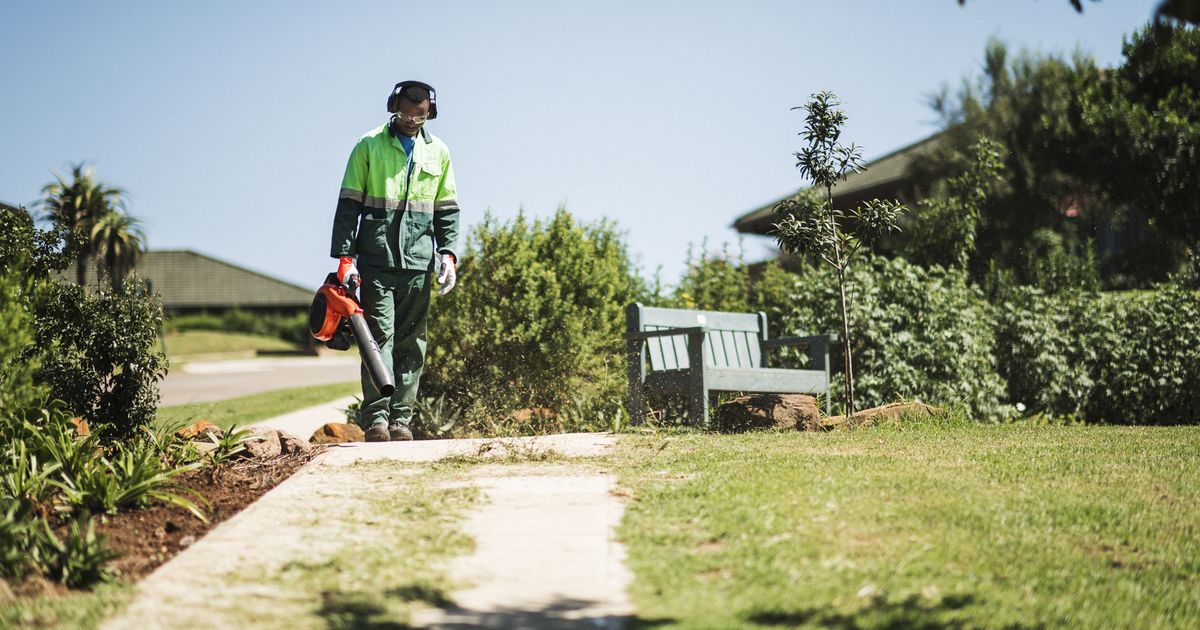
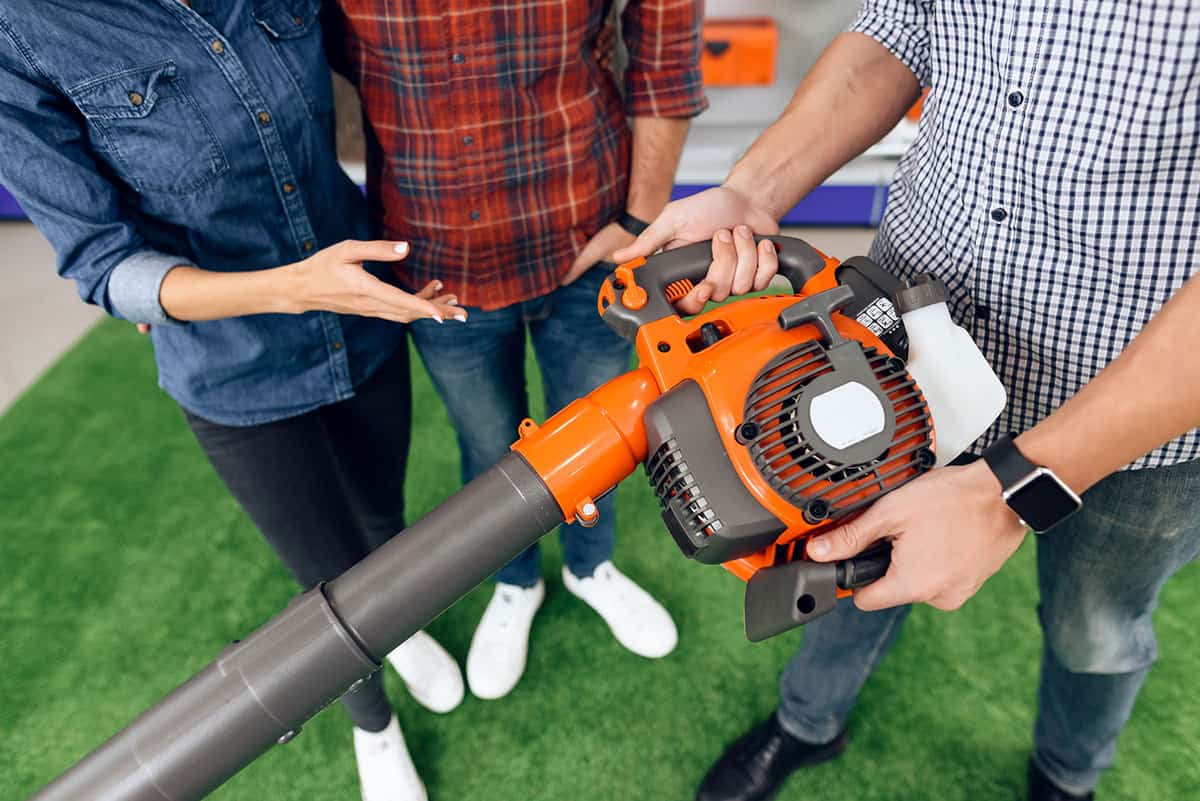
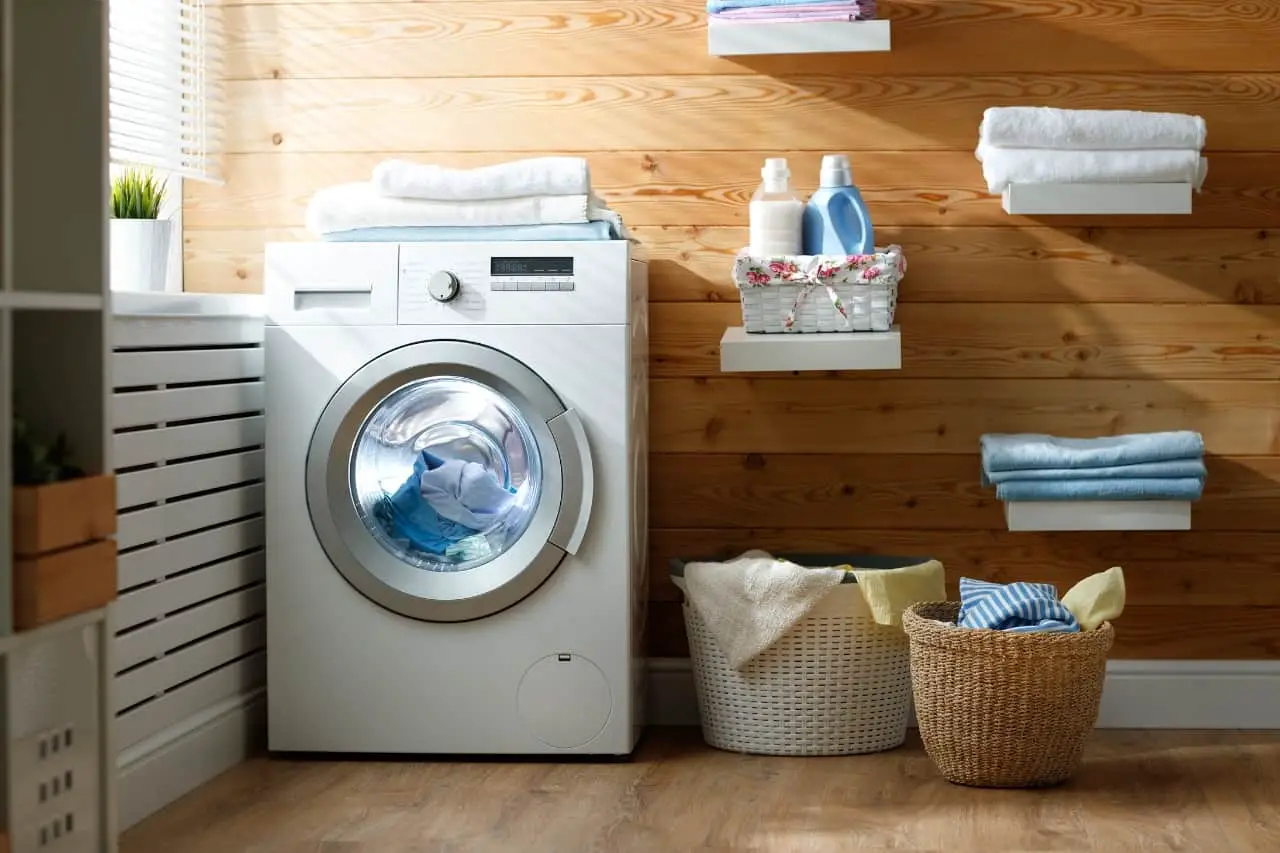
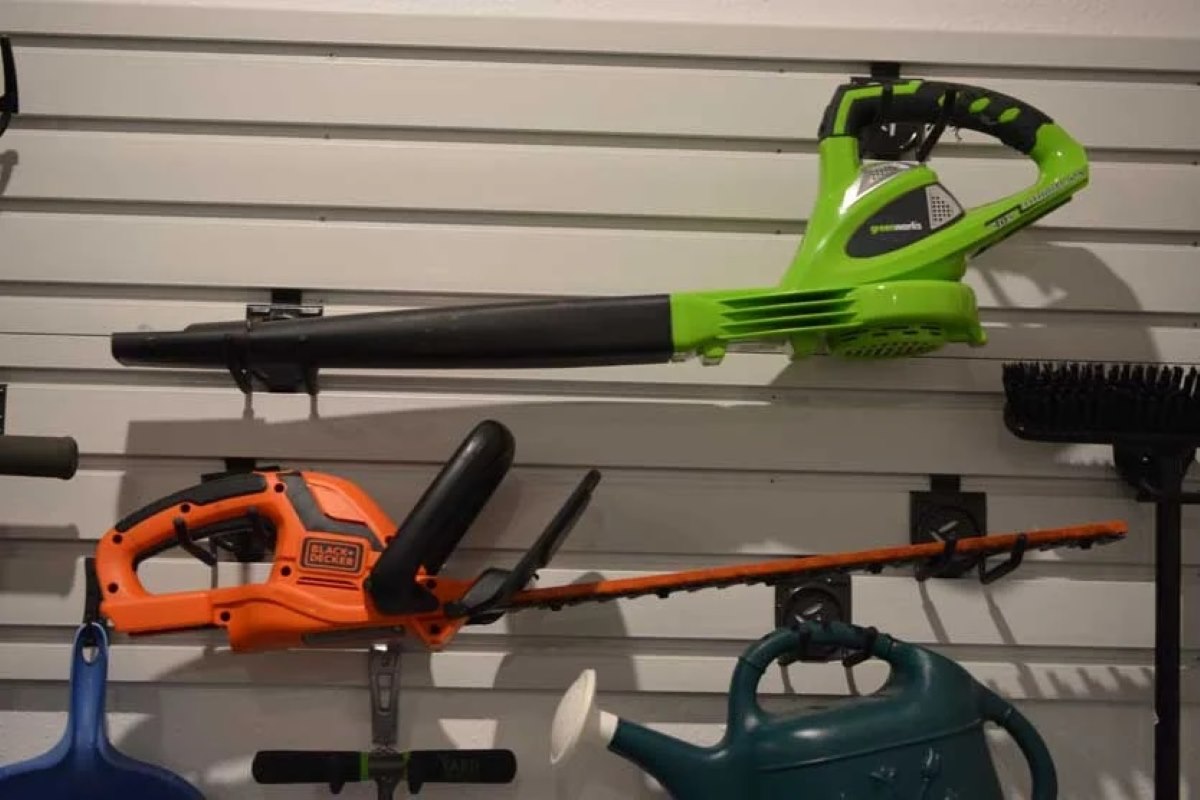
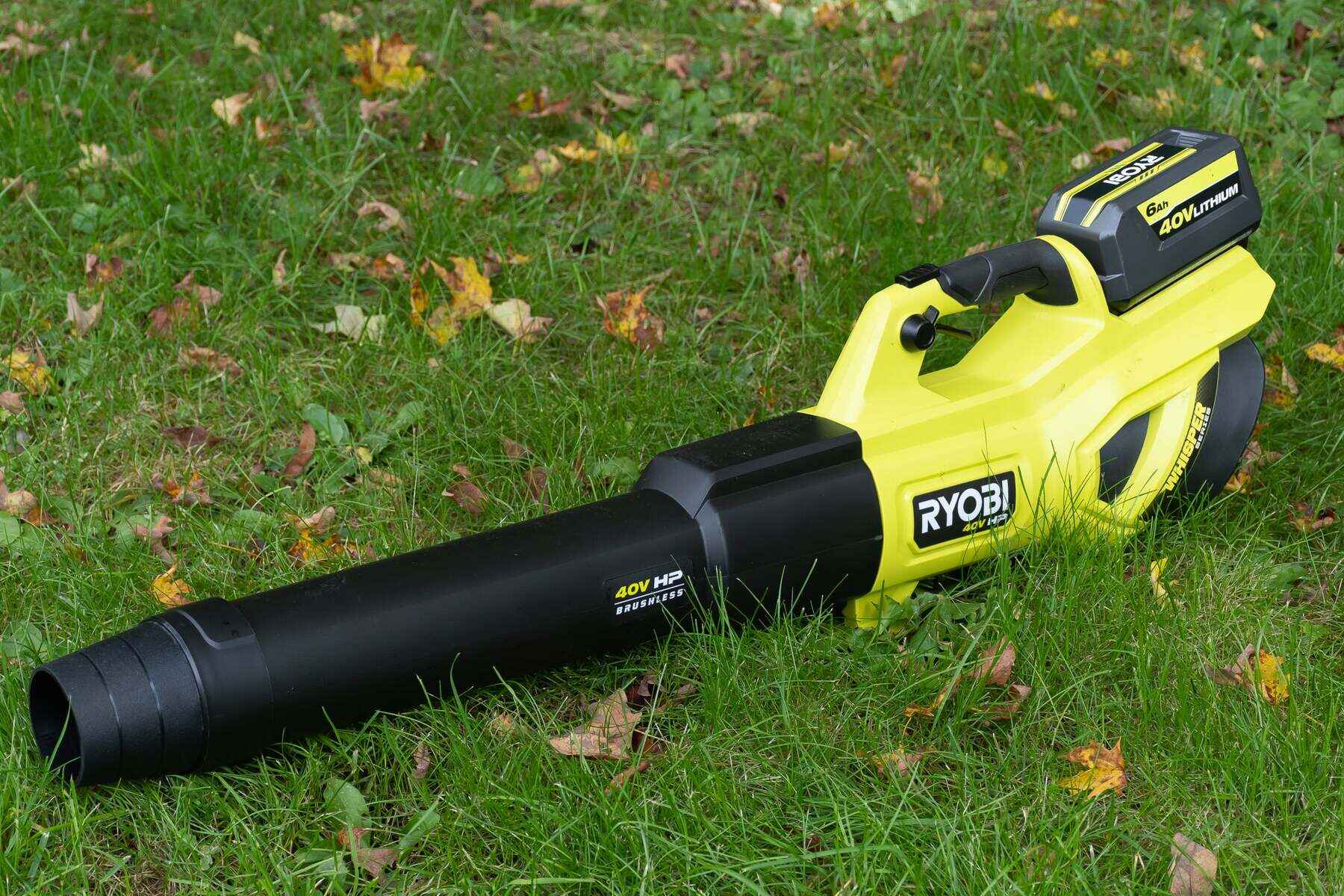


0 thoughts on “How Much Does A Leaf Blower Weigh”